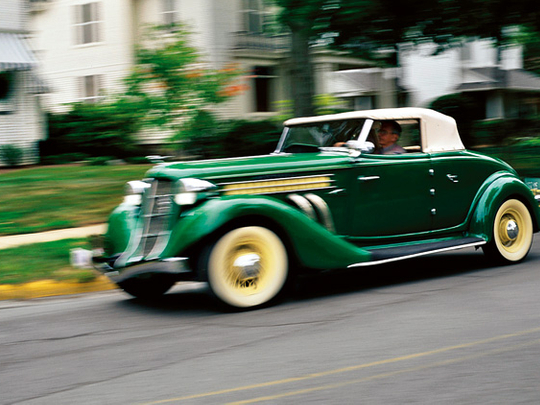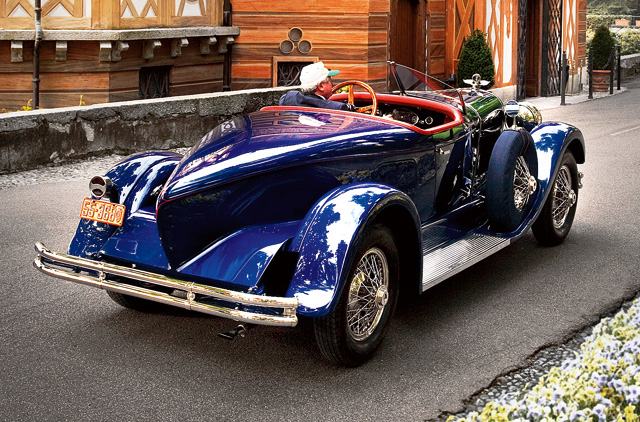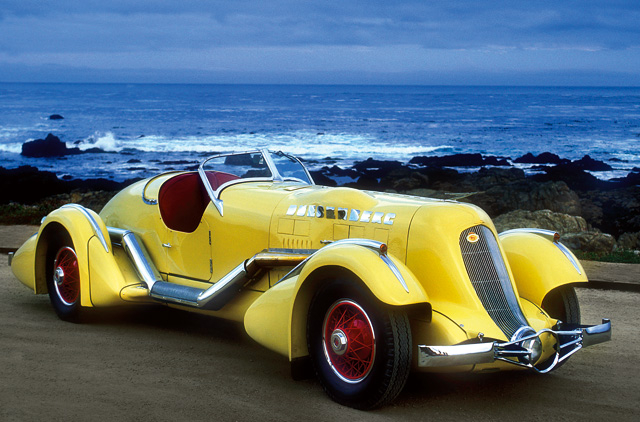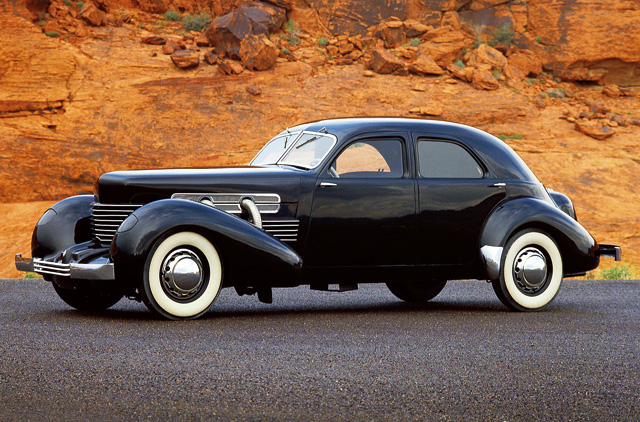
Detroit may be known as Motor City all around the world, but for one man, Errett Lobban Cord, the centre of the automotive universe 80 years ago was Auburn, Indiana.
These days you won't find much more than 12,000 people in the sleepy, rural town. If you ever happen to be passing through, you'll see a perfectly flat landscape wherever you look, merging seamlessly with the horizon in the distance, typical of the US Mid-West. There is a golf course in town, but apart from that there isn't much to do in Auburn, Indiana.
Although, of course, there is the Auburn Cord Duesenberg Automobile Museum. Yes, three of the greatest automotive names in American car-building history were based in the middle of nowhere, and the transportation tycoon, Cord, made it all happen.
His Cord Corporation founded in 1929 was a holding company for control over 150 companies, most in the field of transportation. There were some other icons there like the Checker Cab company and what later became American Airlines.
Cod dabbled in racecar driving and got dirty himself by working on cars, but by 1928 he controlled the Auburn Automobile Company and elevated it from a dying brand to the 13th biggest carmaker in the States. Auburn focused on straight-eight engines and later an innovative Lycoming V12 aircraft-sourced engine.
The cars that carried his name were even more innovative. In fact, an automobile revolution rose from the town of Auburn because of the front-wheel drive Cord models. Cord was inspired by Indianapolis 500 cars, and decided to simply turn the engine right around in the ladder frame, and have the transmission pointing forwards through the front axle. The design enabled a much lower body to be mounted on the separate chassis, and produced impossibly stylish cars that didn't have limitations of bulky rear-wheel drivetrains commanding their designs. The Cord 810 was the pinnacle of this thinking, with a technically advanced V8, front-wheel drive and fully independent front suspension. The car caused a sensation at the 1935 New York Auto Show.
Errett Lobban Cord wasn't satisfied with just two leading names in the car industry, also elevating the ‘Duesy' name into motoring legend. Duesenbergs were built with heat-treated aluminium, featuring cast aluminium dashboards, aluminium pistons and connecting rods, and everything from an aluminium water pump to the petrol tank filler cap. To say that Duesenbergs were advanced would be an understatement. They typically produced 265bhp at a time when ten times less was considered adequate for a typical family runabout. Duesies could hit 250kph depending on who did the one-off streamlined coachwork.
Unfortunately the recession hit, and all three brands disappeared. Collectors' examples change hands occasionally, but we're talking seven figures. As for Errett Lobban Cord, don't feel too bad for him. He died at the age of 79, surrounded by riches.














